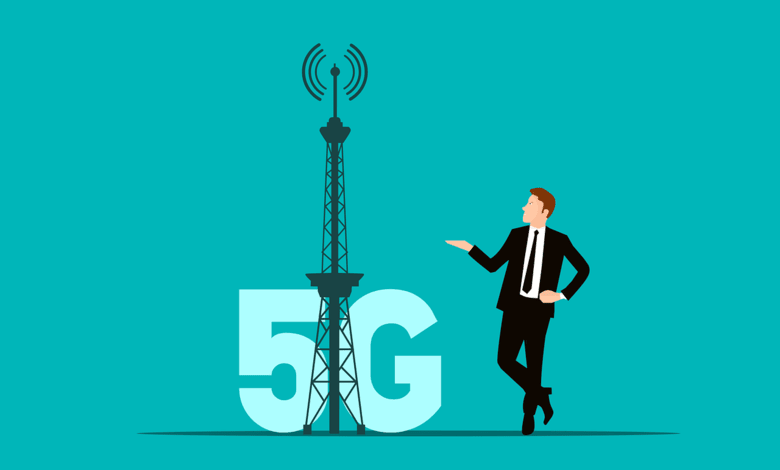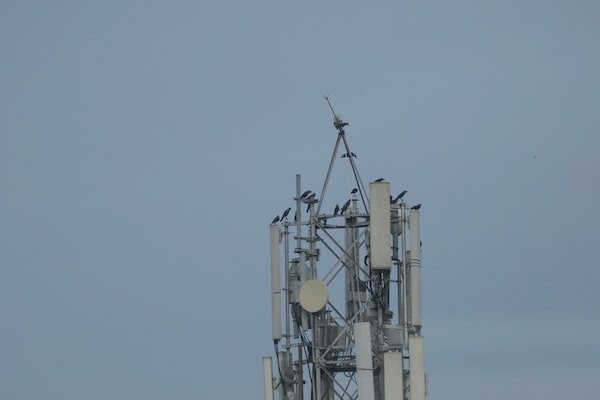Understanding 5G Network Technology: What You Need To Know

As we enter a new era of wireless technology, 5G network technology is set to revolutionize the way we access the internet and use our devices. In fact, 5G promises speeds up to 100 times faster than 4G, with lower latency and increased capacity. But what else do you need to know about 5G? Keep reading to find out.
Comparing 5G Plans
5G technology is the next generation of wireless network technology, offering substantially faster speeds and improved latency. One way to understand 5G mobile plans is to compare them against 4G plans. The iSelect compare 5G plans tool helps consumers select the best plan for their needs by providing an easy-to-use comparison tool to look at a variety of providers. Users can filter search results based on criteria such as data speed, data allowance, phone compatibility, unlimited talk and text, and more, making it even easier to find a suitable plan without having to spend hours researching each provider individually. Additionally, the tool also gives users access to special deals from various carriers so they can save money while still getting the most out of their 5G-competitive device.
How 5G Network Technology Works
With its increased speeds, reduced latency, greater capacity, and improved efficiency, it promises a host of advantages for businesses and consumers alike. This article provides an overview of 5G Network technology and explains what you need to know about it before making any decisions about adoption or implementation. 5G network technology operates on three different frequency bands: low-band spectrum (around 600MHz), mid-band spectrum (2 to 4GHz), and high-band spectrum (above 24GHz).
Low-band networks are ideal for covering larger areas with wide signal coverage while mid-band networks provide faster speeds but have limited range compared to low-band networks. High-band networks offer even higher speeds but require more complex infrastructure due to their shorter range. Each type of network has its own advantages depending on the desired outcome; understanding these differences can help determine which type best meets your needs.
Another factor that should be considered when evaluating 5G networks is scalability—how much bandwidth can be added as needed over time? Scalability is especially critical for businesses relying heavily on data usage such as streaming services or online gaming platforms; having access to sufficient bandwidth allows users to enjoy smooth experiences without interruption or slowdown caused by insufficient capacity. It’s also important to consider whether there are enough towers available in your area so that signals don’t become weak if too many people use them at once.
Private and Public Deployment Options for 5G Networks
The deployment of 5G networks can be divided into two categories: private and public. Private deployments are typically used for enterprise or closed user group applications, such as ensuring dedicated coverage in a large facility like an airport or stadium. These deployments are managed by the organization that owns the facility and require up-front capital expenditure to purchase and install the necessary equipment. This type of deployment is well-suited for organizations that need secure, low-latency connections with predictable performance and high network availability.
Public deployments involve service providers rolling out 5G services across their existing wireless networks, allowing users to access fast mobile data speeds with improved coverage compared to 4G LTE technology. Public deployments also provide carriers with additional revenue opportunities through attractive pricing plans which can be tailored specifically to certain types of customers or usage patterns. It’s important to note that these public 5G networks will coexist alongside existing 3G/4G infrastructure until they become widely deployed enough that it’s no longer necessary to maintain both technologies simultaneously; this process could take several years depending on market conditions.
Overall, understanding 5G network technology is essential for staying up-to-date with the latest advances in technology and communication. 5G network technology will shape the way we interact with the world and access information, and it is important to have a basic understanding of how it works in order to maximize its potential.







